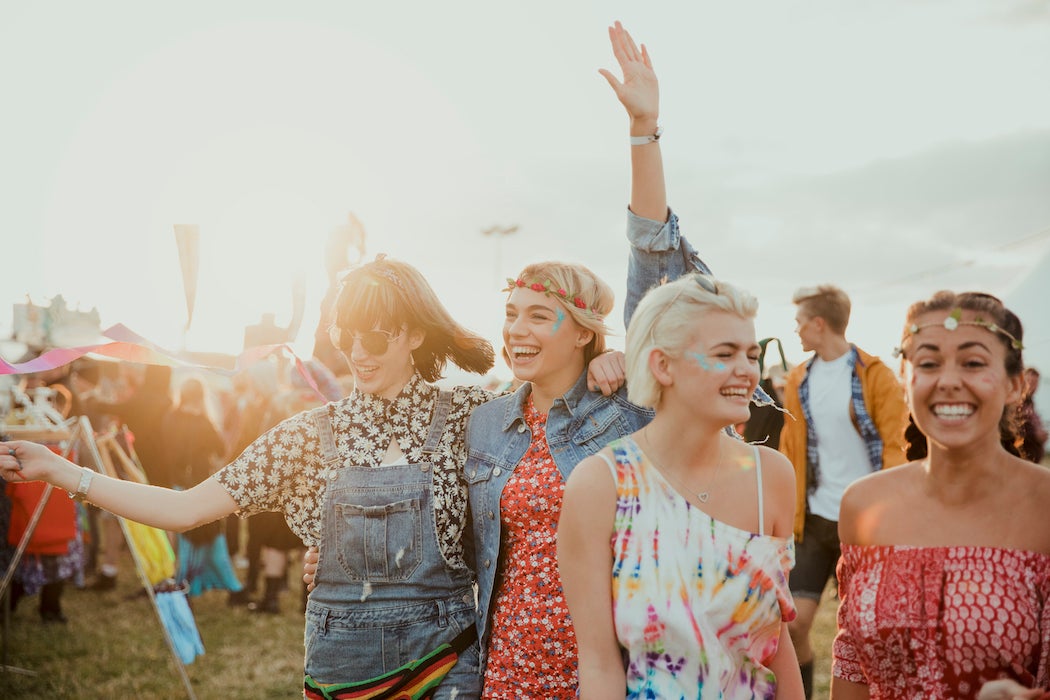This summer, many of us will spend a weekend at an art, music, or cultural festival. Geographer Waldemar Cudny writes that festivals have been a part of human history since the beginning. Festivals can be sacred or secular, Cudny writes, but—at least by most scholarly definitions—they must be intense experiences outside the routines of daily life that build social ties within a group.
Festivals were found across the ancient world, including in South America, India, Egypt, and China. Some were social events like weddings or birth celebrations. Other centered on religious holidays or seasonal, nature-related events like sowing or harvest. All of them served to cement tribal, family, or national bonds.
Want more stories like this one?
In many cases, ancient festivals involved the inversion of power relationships. In Rome, citizens celebrated Saturnalia from December 17th to 24th by allowing slaves to symbolically take over power in their homes. Carnival festivals held before the start of Lent, including Mardi Gras or Fat Tuesday celebrations, seem to have grown out of Saturnalia.
The late Middle Ages brought a preponderance of different festivals to Europe. Local fairs were mainly opportunities for merchants to sell their wares, but they often included mime, theater, or circus performances. In cities, a knights’ tournament, or the arrival of the king at his castle, prompted festive celebrations among the elite, featuring feasts, music, poetry recitals, and dancing.
With the eighteenth century came the start of the sort of music festival that we are familiar with today. Britain’s Three Choirs Festival began in 1715 and continues today. The French Revolution brought a self-conscious attempt to harness the energy of public celebrations for a new era without monarchical or religious hierarchy, and in France new state holidays like The Festival of Reason and The Festival of Supreme Being included philosophical and political speeches as well as theatrical performances.
The Industrial Revolution transformed the nature of festivals. The agricultural calendar held less sway over people’s time, but new transportation systems, greater disposable income, and the emergence of the middle class made it easier for more people to travel. Germany’s Oktoberfest began in 1810, and the nineteenth century also brought a revival of Carnival in major Latin American cities like Buenos Aires, Lima, and Rio de Janeiro, as well as in parts of Europe.
The mid-twentieth century brought a variety of new festivals from Cannes to Woodstock, with the greatest boom coming after 1990. Cudny writes that there are several reasons for this rebirth of festivals. Young people and senior citizens by and large have more free time than they once did. Mass migration has encouraged ethnic and multicultural celebrations, as people seek ways to maintain a cultural identity in a globalized world. Meanwhile, growing openness among sexual minorities has allowed geographically far-flung “communities” to cement their bonds much as ancient peoples did. It seems that everyone, from hip hop fans to psychedelic artists, needs a moment out of time to experience something extraordinary together.







